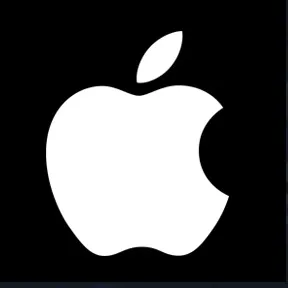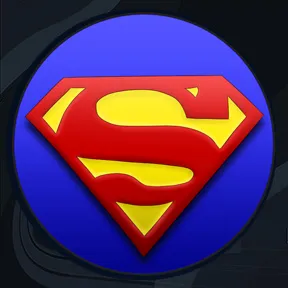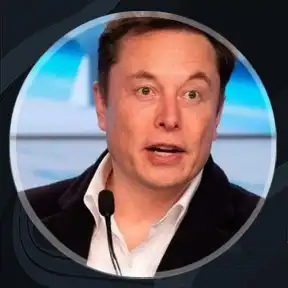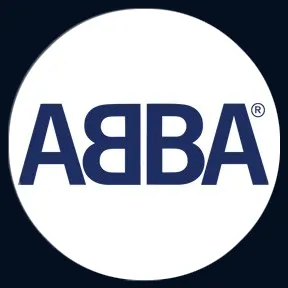The Dark Truth Behind Apple's Biggest Lie
On January 24, 1984, hundreds of people attending an Apple shareholders conference saw the personal computer—speak. After an hour of boring numbers and graphs, a clean-cut, confident Steve Jobs had the floor, where he had taken this new device out of a canvas bag and boldly announced “Today, for the first time ever, I’d like to let Macintosh speak for itself.”
When the machine spoke, there were audible gasps from the audience. The people who already familiarized themselves with the Apple II saw the smoke and mirrors, but for the rest, it was almost as if Apple had created something sentient. They created life. A concept that only seemed possible in the Jetsons 10 years prior, now conceived. It was “insanely great.” Just a couple of hours before, no one had even known what this device was. Only something that mystified millions of people when it was first uttered at the 1984 Super Bowl, through an even more mysterious commercial. It was just, Macintosh.
This was a turning point for Apple as a company. They had a new focus of challenging the corporate computer conglomerate IBM, it was taking over the world. Apple was different. The Macintosh was going to be a computer by the people, for the people, and that’s what this commercial represented. A computer anybody could use with literally just the click of a button, rather than through some convoluted command lines that seemingly only the most niche of nerds could understand. A computer even children could use. When the Breakfast Club was having Saturday detention in Shermer, Illinois, Sean Ono Lennon was celebrating his 9th birthday with Steve Jobs and Andy Warhol, playing on MacPaint. At a superficial glance, the Macintosh in retrospect, looks over 10 years ahead of its time. It’s honestly insane that a machine as sophisticated as this could have even existed in the early 1980s, but as the Apple II users saw at the time, this was the smoke and mirrors talking.
Despite all this, the Macintosh just didn’t have the future Steve Jobs thought it would. Instead, it sort of just dwindled away, but not how you would expect. Macintosh, with its decline, created a series of butterfly effects, both detrimental and extremely culturally significant in the long-term. It took so much away, but also gave us everything. But how? This is a machine with a story filled with as many complexities as its own moving parts, a story which blurs the line between computer folklore and fact. This is the story of Macintosh, and you’ll see why 1984 was not like 1984.
00:00 - Introduction
05:15 - The "Personal" Computer
07:00 - The Apple Lisa
08:30 - Developing the Macintosh
10:44 - The Launch: What Went Wrong
11:24 - Overconfident Design
15:20 - Marketing
17:18 - (Keep Feeling) Fascination [MacinTalk]
18:41 - High Cost
19:31 - Not So Practical
20:09 - Jobs Leaves Apple
20:51 - NeXT
22:22 - It's a Unix System! I know this! [NeXTSTEP]
22:43 - Pixar
23:04 - Apple Buys NeXT & Hires Jobs Back
23:59 - Macintosh Redone (iMac)
24:17 - Closing
















































